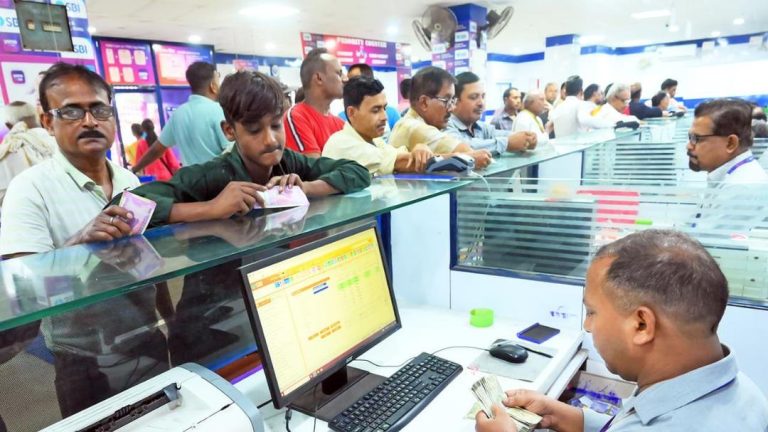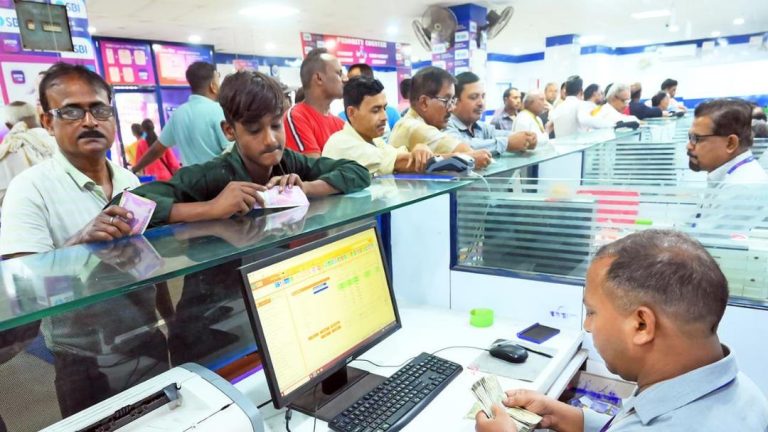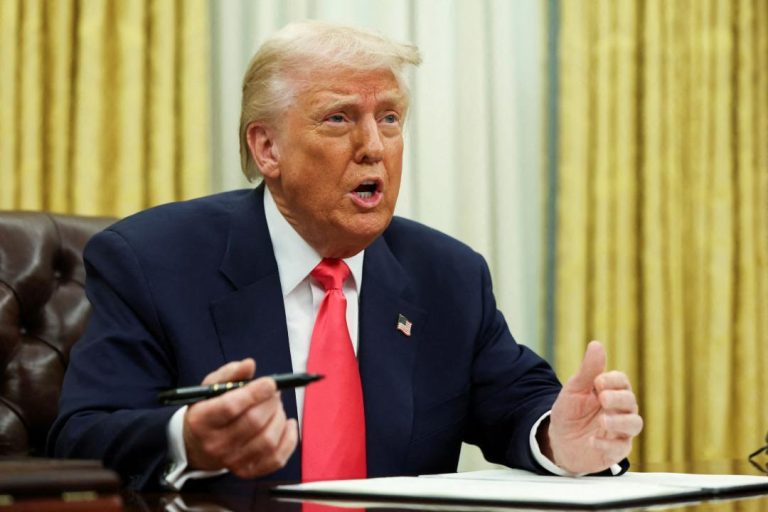
RBI’s Government Securities Holdings Jump to 14.2%: SBI Report
The Reserve Bank of India’s (RBI) share in government securities has witnessed a significant surge, rising to 14.2% in June 2025 from 11.9% last year, according to a report by the State Bank of India (SBI). This increase in the RBI’s holdings is a notable development, as it reflects the central bank’s efforts to manage the government’s borrowing program and maintain stability in the bond market. In this blog post, we will delve into the details of the SBI report, explore the implications of the RBI’s increased holdings, and examine the potential impact on the bond market.
Reduced Exposure by Banks
The SBI report highlights that banks have reduced their exposure to government securities, which has been offset by the RBI’s increased holdings. This reduction in exposure by banks is likely a result of their efforts to diversify their investment portfolios and manage their risk profiles. With the RBI absorbing a larger share of government securities, banks have been able to reduce their holdings, which could help them to allocate their resources more efficiently.
Stable Insurance Holdings
On the other hand, insurance companies have maintained their holdings of government securities, which has provided a degree of stability to the market. Insurance companies are significant investors in government securities, and their stable holdings have helped to counterbalance the reduction in exposure by banks. This stability is crucial, as it helps to maintain investor confidence and prevent any potential disruptions in the bond market.
Implications for Bond Yields
The SBI report suggests that with heavy central and state borrowings ahead, bond yields may remain rangebound. The increased borrowings by the government are likely to put upward pressure on bond yields, as the market absorbs the additional supply of government securities. However, the RBI’s increased holdings and the stable insurance holdings may help to mitigate this pressure, keeping bond yields within a narrow range.
RBI’s Forex Interventions and Liquidity
The RBI’s forex interventions have also had a significant impact on the bond market, as they have tightened liquidity and prompted fresh Open Market Operations (OMO) moves. The RBI’s intervention in the foreign exchange market has helped to stabilize the rupee, but it has also reduced the amount of liquidity available in the system. To address this, the RBI has conducted OMO purchases, which have injected liquidity into the market and helped to maintain stability.
Impact on the Economy
The increase in the RBI’s government securities holdings has significant implications for the economy. With the RBI absorbing a larger share of government securities, it may help to reduce the burden on the bond market and prevent any potential disruptions. This, in turn, could help to maintain stability in the financial system and support economic growth. However, the reduced exposure by banks and the stable insurance holdings may also have implications for the allocation of credit and the overall health of the financial system.
Conclusion
In conclusion, the RBI’s increased holdings of government securities, as reported by the SBI, reflect the central bank’s efforts to manage the government’s borrowing program and maintain stability in the bond market. The reduction in exposure by banks and the stable insurance holdings have significant implications for the bond market, and the RBI’s forex interventions have tightened liquidity, prompting fresh OMO moves. As the government’s borrowings continue to rise, it will be essential to monitor the bond market and the RBI’s actions to ensure that stability is maintained and economic growth is supported.






